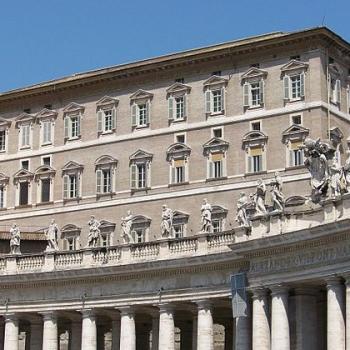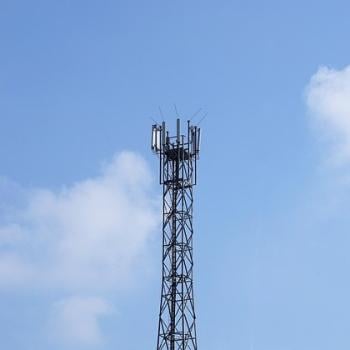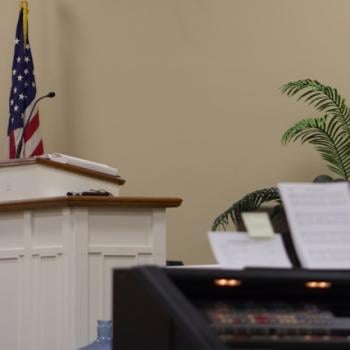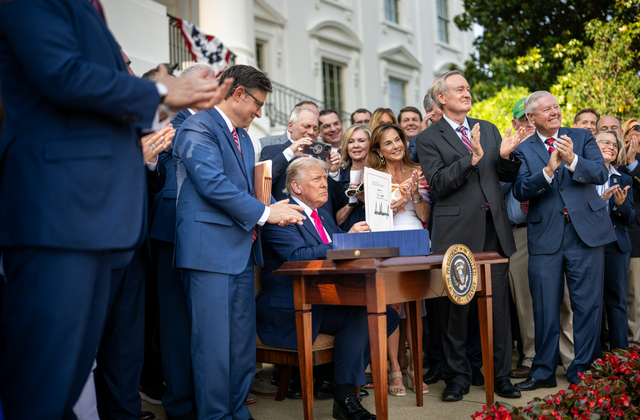
Details About The Big Beautiful Bill
President Trump repeatedly referred to the signature fiscal effort of his second term as the One Big Beautiful Bill. This mega major tax cuts and spending package lives up to its characterization as big. The legislation contains hundreds of provisions and is 887 pages in length.
On July 1, 2025, the bill squeaked by in the Senate with a 51-50 vote. The tiebreaking vote came from Vice President JD Vance. Two days later, the House of Representatives passed Trump’s big beautiful bill 218-214. Democrats universally opposed the legislation in both the House and the Senate. President Trump quickly signed the bill into law on the Fourth of July.
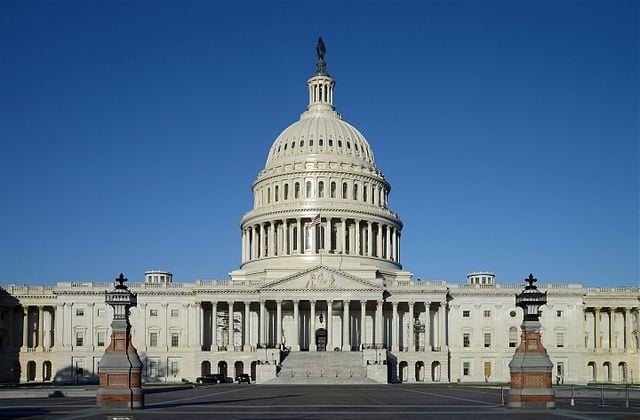
Reaction To Passage of the Big Beautiful Bill
The controversial one big beautiful bill touches on many areas of federal public policy. Therefore, it provides plenty for citizens to both love and hate. Fortunately, one of the bill’s provisions received bipartisan-support and should please a wide spectrum of people across party lines.
The broadly-appealing provision concerns the federal adoption tax credit. Specifically, the newly enacted law makes the adoption tax credit refundable up to $5,000. Not previously refundable, this tax credit will allow everyday families more access to adoption in light of the rising cost of living. In particular, the National Council For Adoption (NCFA) publicly praised both the Congress and the President for enacting it.
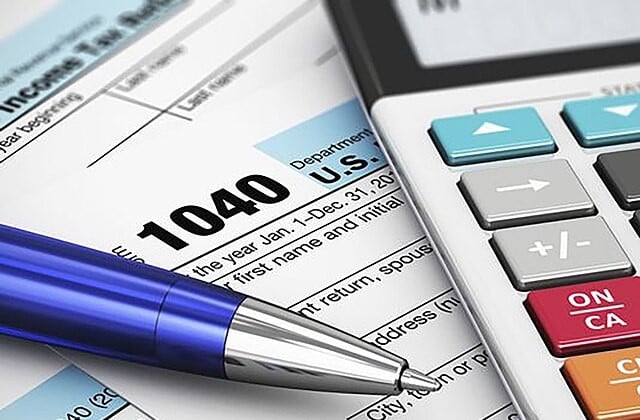
Why The Refundable Adoption Tax Credit Benefits Adoption
An adoption tax credit existed prior to the passage of the big beautiful bill, so why is the bill’s new provision so beneficial? As Ryan Hanlon, CEO and president of NCFA explains, a refundable credit can be “life-changing” for families who desire to help a child in need. This available financial assistance increases the number of families able to adopt.
Hanlon characterizes the availability of a refund as “critically important.” He notes that over 77,000 children are in foster care with other children institutionalized overseas and children being placed privately in the US. Making adoption a more viable option for families with lesser income offers the opportunity to enable some of these children to obtain a forever home.
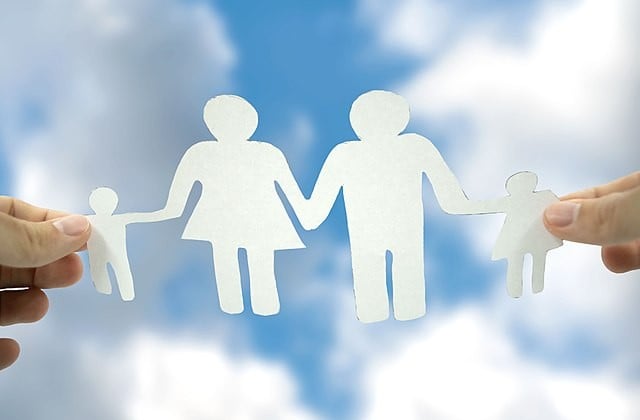
How The Beautiful Bill’s Refundable Adoption Tax Credit Works
Adoptive parents may claim specified amounts of items identified as qualified adoption expenses to lower their federal tax liability. For Tax Year 2025, the maximum allowable tax credit for qualified adoption expenses for an eligible child is $17,280. For those with low tax liability that does not reach that amount, the IRS will issue up to a $5,000 refundable credit. A taxpayer can receive a part of the adoption tax credit as a tax refund even if their tax liability is zero. By indexing the tax credit to inflation, it provides incentive for pursuing adoption to grow families.
The adoption tax credit does not financially benefit the rich, a criticism aimed at the big beautiful bill in general. Only taxpayers with a modified adjusted gross income (MAGI) under $259,190 qualify for the maximum amount of the adoption tax credit in Tax Year 2025. Above that amount, the tax credit starts to phase out with no credit available after MAGI hits $299,190.
Eligible Children And Types Of Adoption Covered Under The Beautiful Bill
The adoption tax credit of the big beautiful bill is available for each child adopted. So, if parents adopt twins or a sibling group of two, they may claim two separate tax credits. The tax credit applies broadly across the spectrum of adoption cases, encompassing domestic private adoption, international adoption, and public foster case. Nevertheless, it does not include stepparent adoption.
The tax benefit may extend to cover adoption-related expenses for certain adoptees. Eligible children are those who are under the age of 18, have a special need as determined by a state welfare agency, or are physically or mentally disabled and unable to care for themselves.
Help Paying Qualified Adoption Expenses
The Adoption Tax Credit provides financial assistance with specified adoption-related costs. To obtain this help, a taxpayer must complete Form 8839. This form requires information about qualified adoption expenses and any employer-provided adoption benefits. The tax break does not cover any employer-reimbursed expenses.
Allowable adoption-related expenses are known as qualified adoption expenses. These expenses include items such as legal fees paid to your attorney, court costs, re-adoption expenses for a foreign child, and adoption agency fees. Traveling costs, including food and lodging, directly related to the adoption process also qualify.

One Big Beautiful Bill Benefits Adoption
While much of the recently enacted OBBBA draws controversy for benefiting the rich, one provision expressly seeks to help the less fortunate. Its enhancement of the existing Adoption Tax Credit provides financial assistance to those seeking to adopt children needing a permanent family. Within its parameters, lower-income families receive the most monetary help and are given incentive to pursue adoption. Increasing the odds of finding forever homes for children by expanding the pool of prospective adoptive parents shows that the big beautiful bill benefits adoption. And the goal, looking after orphans, meets the concept of faith in action set out in James 1:27





